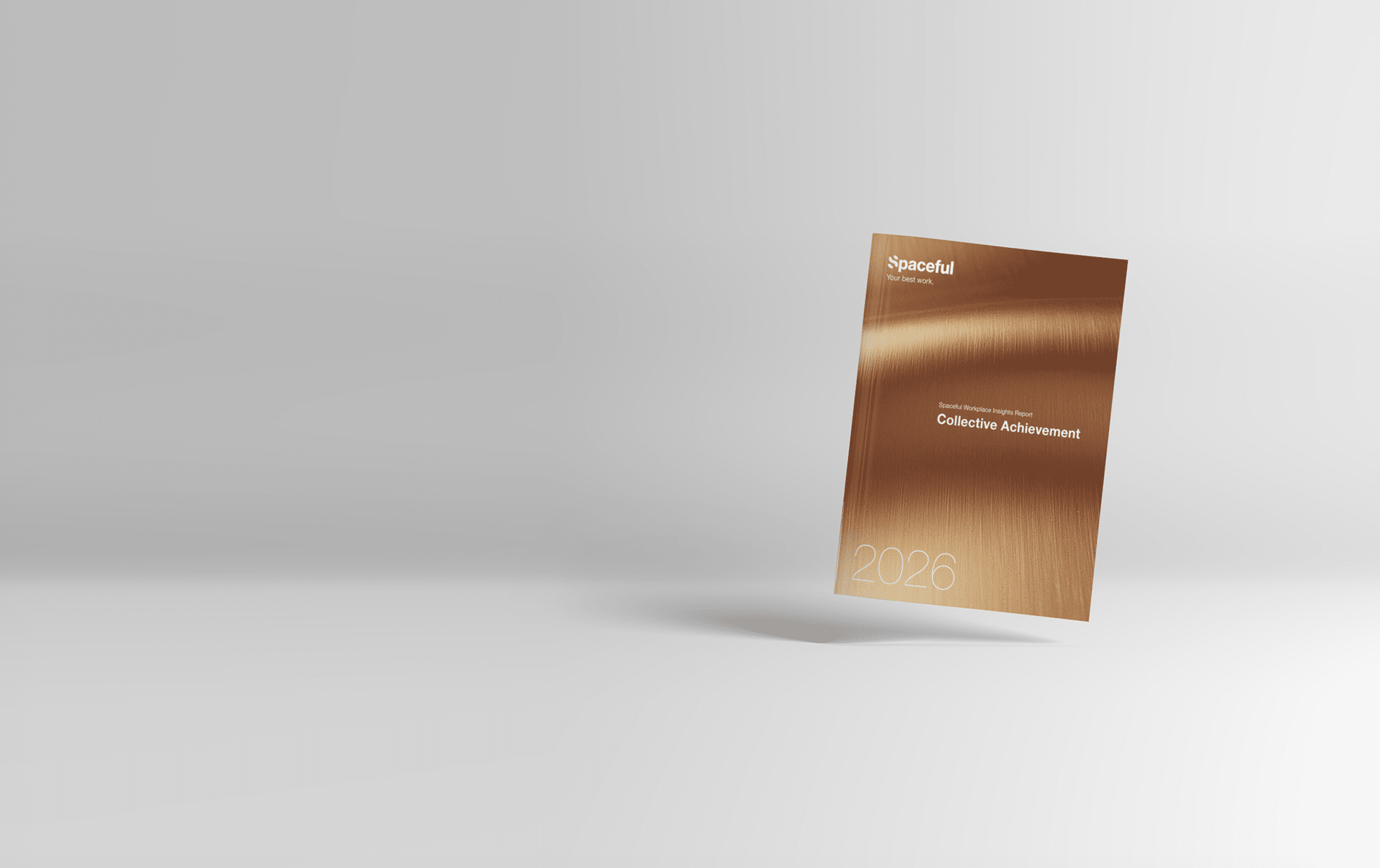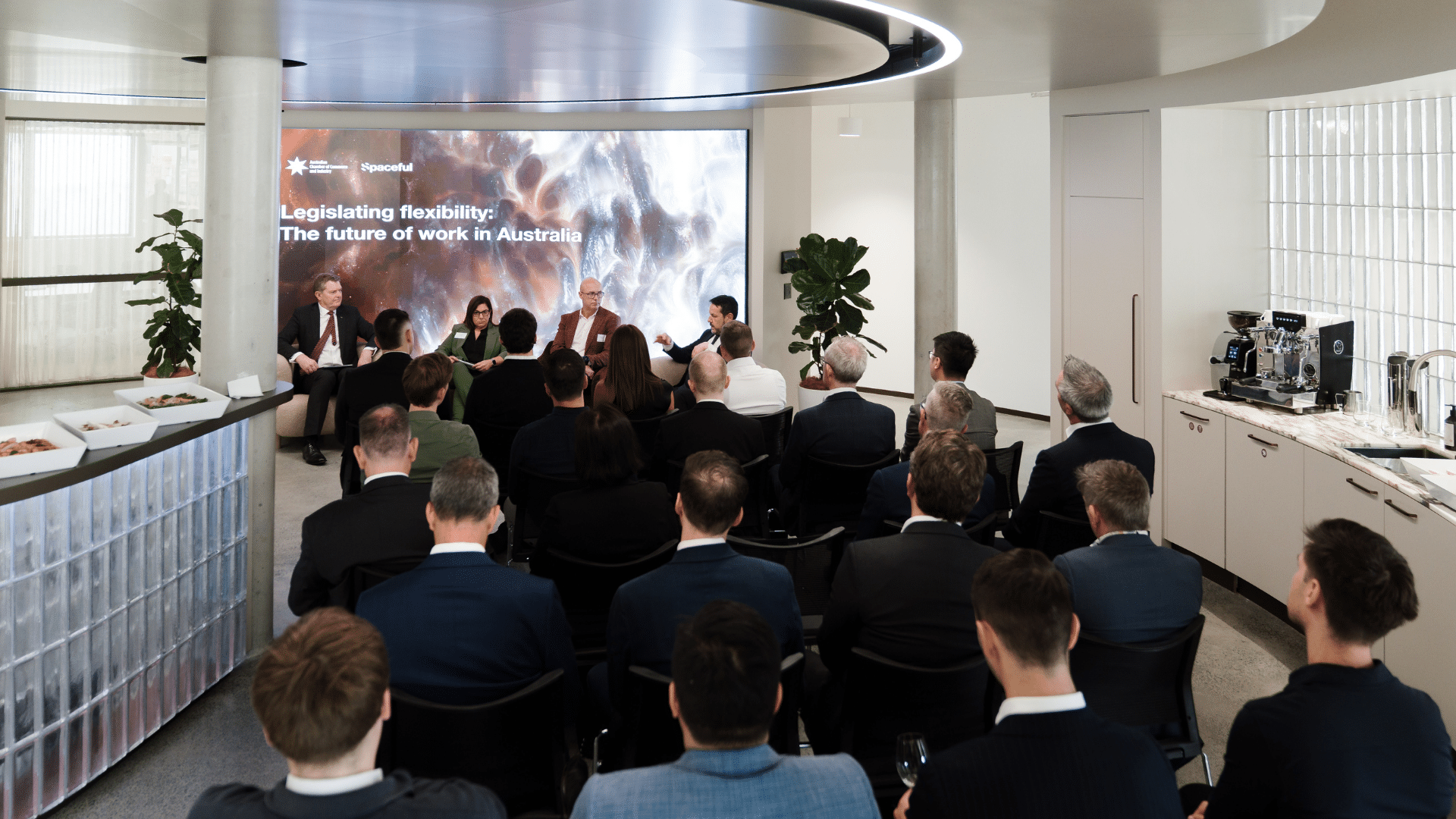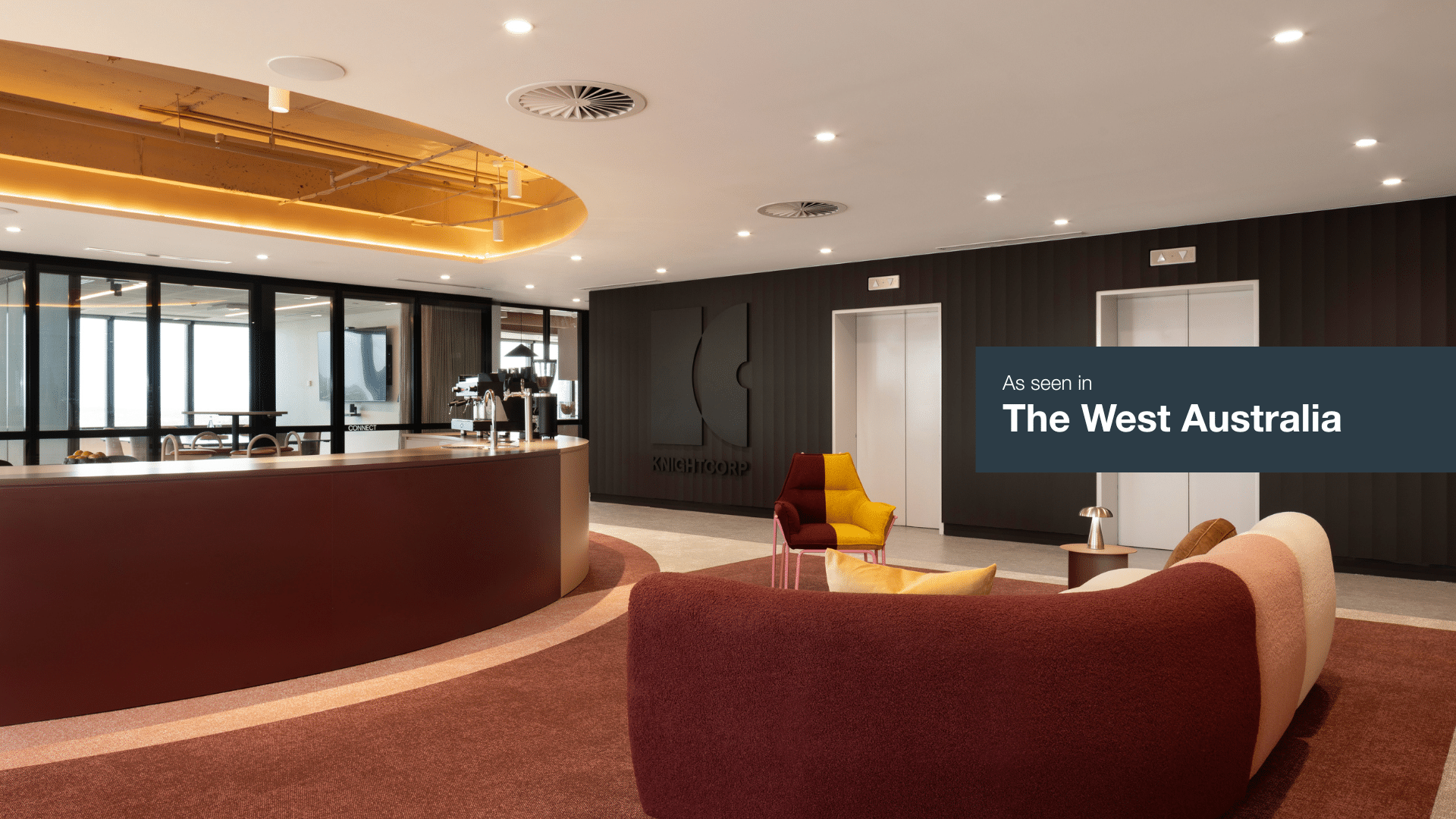
The workplace has evolved rapidly, but many organisations are still playing catch-up. Whether it’s adapting to hybrid work models or keeping up with shifting employee expectations, a modern workplace strategy isn’t a ‘set and forget’ task. Here are five clear signs it’s time to take a fresh look at your strategy to ensure your business is prepared for the future of work.
01. Your workforce demands flexibility, but the executive suite is pushing for return-to-office mandates
Your leadership team may highlight companies that have implemented a five-day office mandate, while your employees share research, evidence, and stories from friends praising the benefits of remote work. If you don’t have a workplace strategy in place, or an outdated one, tensions like these are hard to approach. It’s one of the reasons why many organisations still have not provided their employees with clarity on their working models going forward.
What to do: While it’s important to understand what other companies in your industry are doing – especially regarding talent attraction and retention – what works for one business may not necessarily be right for yours. Focus on what aligns with your company’s culture, goals, and operational needs to create a model that works for both leadership and employees.
02. Your real estate costs are rising, but the occupancy rates are dropping
If you’re spending more on space than you’re using, it’s time to reassess. Desks sitting empty? Meeting rooms gathering dust? These are clear signs your strategy isn’t in sync with how work is actually happening.
What to do: A space audit can reveal underutilised areas and help realign your physical footprint with the actual needs of your team. Flexible, adaptable, and multi-purpose spaces will likely become your best asset in reducing waste and improving efficiency.
03. Your workplace design is top-notch, but the energy is missing
It’s disheartening to walk through a beautifully designed office, only to find it nearly empty. Where are the people? This is a clear sign that a workplace strategy was missing before the design was implemented. Even the most aesthetically pleasing environment won’t thrive without a plan to create a space where employees feel motivated, engaged, and connected – a place that’s truly connected to the overall business’ purpose and its people.
What to do: Rethink your workplace strategy to ensure it’s not just about aesthetics. Ask critical questions: Does your space support how people actually work and collaborate? Is it flexible enough to adapt to shifting employee needs? Align your design with the workflows, culture, and purpose of your organisation to inject life into the office environment.
04. Your company has a flexible work policy, but team dynamics are suffering
Even with a flexible work model, if team dynamics are breaking down, it might be a sign that your strategy hasn’t fully adapted to the challenges of hybrid or remote work. Teams may be struggling to stay connected, collaborate effectively, or communicate smoothly across various work settings.
What to do: Focus on creating intentional moments for team connection, whether through structured collaboration sessions, regular check-ins, or offsite team-building activities. A successful workplace strategy not only informs the build-environment, but also takes into consideration team cohesion.
05. Your workplace design has a strong design narrative, but people don’t know about it
You’ve invested time and effort to ensure your office reflects your brand’s values, yet employees and visitors don’t seem to connect with it. While your office design is an extension of your brand, the deeper message isn’t getting across. This is a sign that your workplace strategy is missing the communication piece.
What to do: Congratulations on creating a meaningful design, but your work isn’t done. A strong workplace strategy doesn’t just shape the space – it tells the story. Consider how you can communicate the design’s purpose to your team through onboarding, internal messaging, and branding touchpoints. Make sure the design narrative is clearly conveyed so that everyone understands how the space reflects your company’s mission and values.
Time for a Strategic Shift?
If any of these signs resonate with your organisation, it’s time to reassess and realign your workplace strategy.


